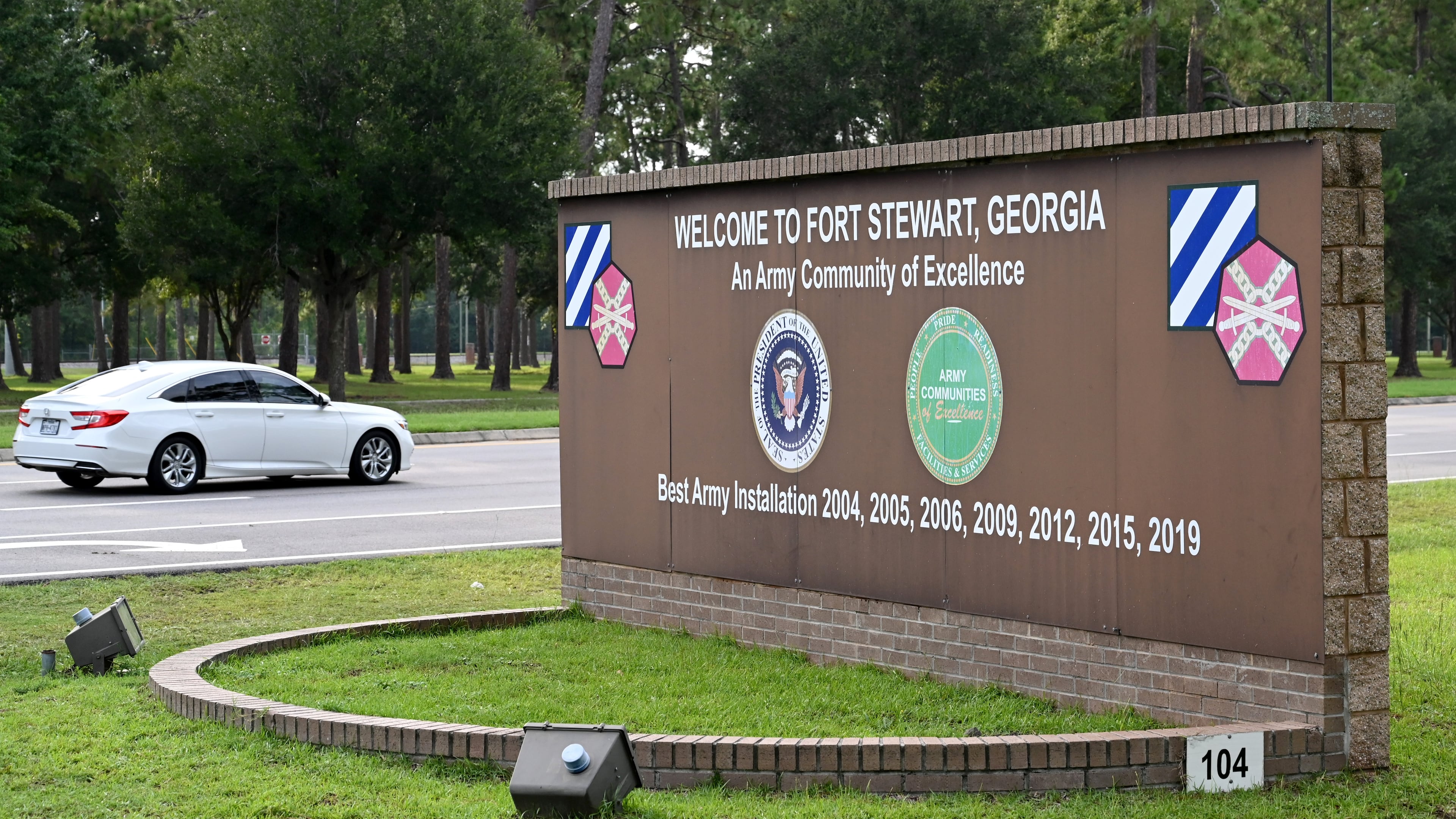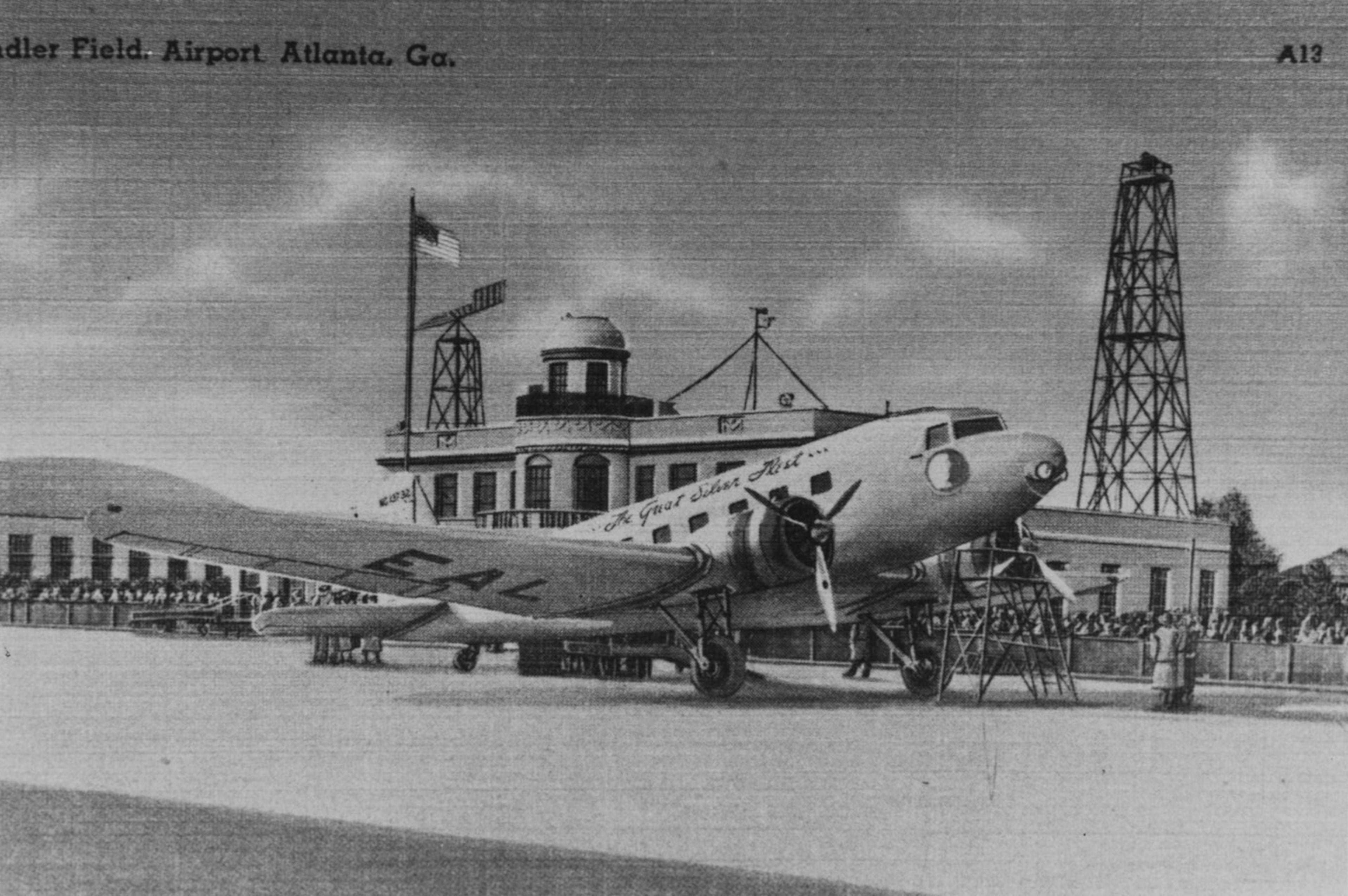Georgia’s Fort Stewart traces its history to WWII

The sprawling military installation near Georgia’s coast where five soldiers were shot Wednesday can trace its beginnings to World War II, though it is named after a local war hero who connects the post to the American Revolution.
Home to more than 10,000 soldiers and civilians today, Fort Stewart also played important roles in the Korean, Vietnam and Persian Gulf wars and the Cuban missile crisis.
After Nazi Germany invaded Poland in 1939, the U.S. government decided to build an anti-aircraft training camp. It began buying land for the post in 1940, eventually assembling more than 279,000 acres in Bryan, Evans, Liberty, Long and Tattnall counties.
The post was named Camp Stewart in honor of Daniel Stewart, a Liberty County native who fought in the American Revolutionary War and the War of 1812. A brigadier general in the Georgia militia, Stewart was the great-grandfather of President Theodore Roosevelt, according to the New Georgia Encyclopedia.
As the war raged on in Europe and after the Japanese attacked Pearl Harbor, the camp expanded and trained soldiers for duty in Europe, the Mediterranean, North Africa and the Pacific theaters.
A detachment of Women Airforce Service Pilots, or WASPs, arrived at Stewart. The installation, meanwhile, educated military cooks and served as a staging area for Army postal units.
By late 1943, Camp Stewart held German and Italian prisoners of war, according to the U.S. Army. They were put to work as laborers at the camp and at area farms. During the buildup for the allied D-Day invasion of Europe in June 1944, more than 55,000 soldiers occupied the camp.
After the Germans and Japanese surrendered in 1945, the post was inactivated. It reopened five years later during the Korean War. In 1953, it added tank training to its responsibilities. It was redesignated Fort Stewart in 1956.
As the U.S. military mobilized during the Cuban missile crisis in 1962, the 1st Armored Division was ordered to Fort Stewart for staging. Within two weeks, the fort’s population expanded from 3,500 personnel to more than 30,000. Amid heightened tensions with the Soviet Union in November of that year, President John F. Kennedy arrived at Fort Stewart to visit troops and get a briefing about their readiness.
During the Vietnam War, Fort Stewart added helicopter pilot and gunnery courses to its mission. South Vietnamese pilots were trained there in the early 1970s.
Since then, Fort Stewart has served as a key staging area for U.S. troops deploying overseas. The post, for example, was instrumental in sending soldiers to the Middle East during the Persian Gulf War.
Now called Fort Stewart-Hunter Army Airfield, the post serves as the home of the 3rd Infantry Division. The division derives its “Rock of the Marne” nickname for its steadfastness in fighting near the Marne River in France during World War I.
It has deployed repeatedly overseas since then, including during the wars in Afghanistan and Iraq. The division suffered the loss of four of its soldiers in March. At the time, they were operating an M88A2 Hercules armored vehicle during a training mission in eastern Lithuania. The M88A2 was discovered submerged in a bog.
On Wednesday, Sgt. Quornelius Radford, 28, allegedly opened fire at Fort Stewart with his personal gun, injuring five soldiers, before troops subdued him. It wasn’t the first shooting at the base. Spc. Shay A. Wilson was accused of fatally shooting 30-year-old Nathan M. Hillman with a personal pistol in December 2022. Wilson, who faces premeditated murder charges, was indicted last month, court records show, and arraigned Wednesday. Both suspects reportedly served in the 2nd Brigade Combat Team of the 3rd Infantry Division.
By the numbers, according to the U.S. Defense Department and the U.S. Army:
- Fort Stewart is the largest Army installation east of the Mississippi River, covering 279,270 acres near Georgia’s coast.
- The installation employs more than 25,500 people.
- More than 10,000 soldiers and civilians live on the post.
- The fort supports about 15,000 active-duty soldiers, 16,000 family members, 5,100 military retirees and many others.
- The post’s economic impact for coastal Georgia totals $4.9 billion.


